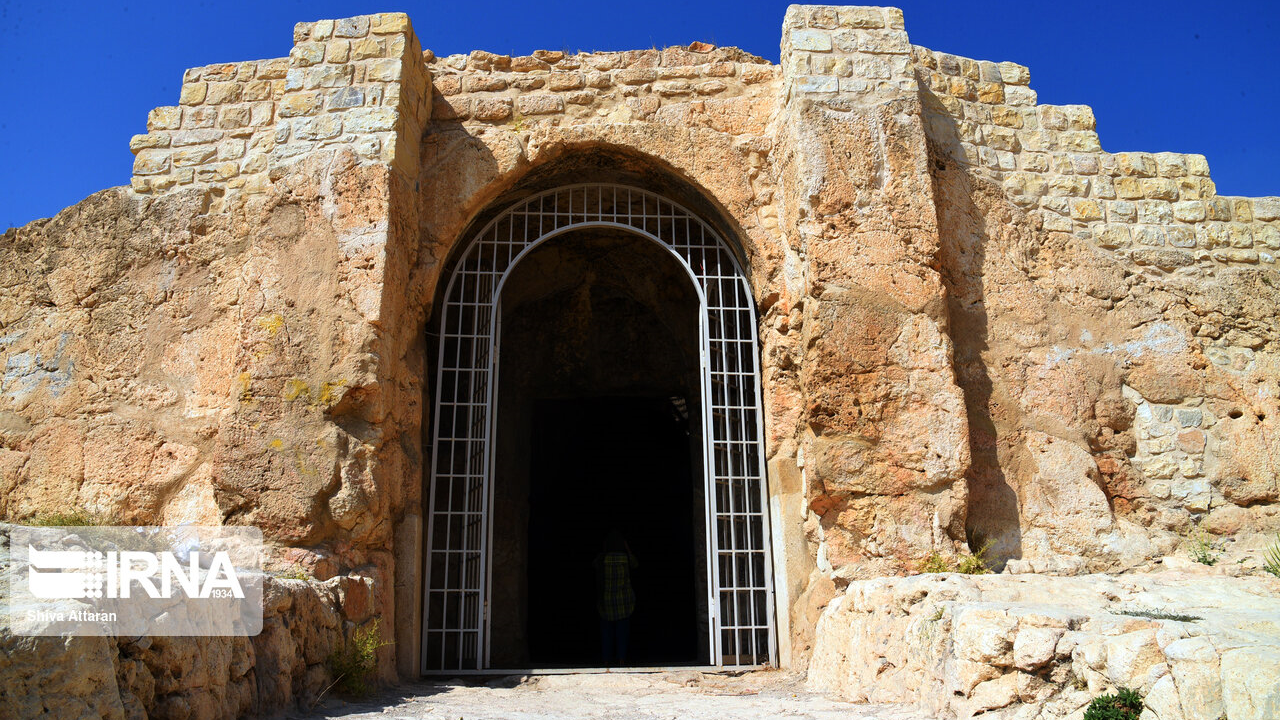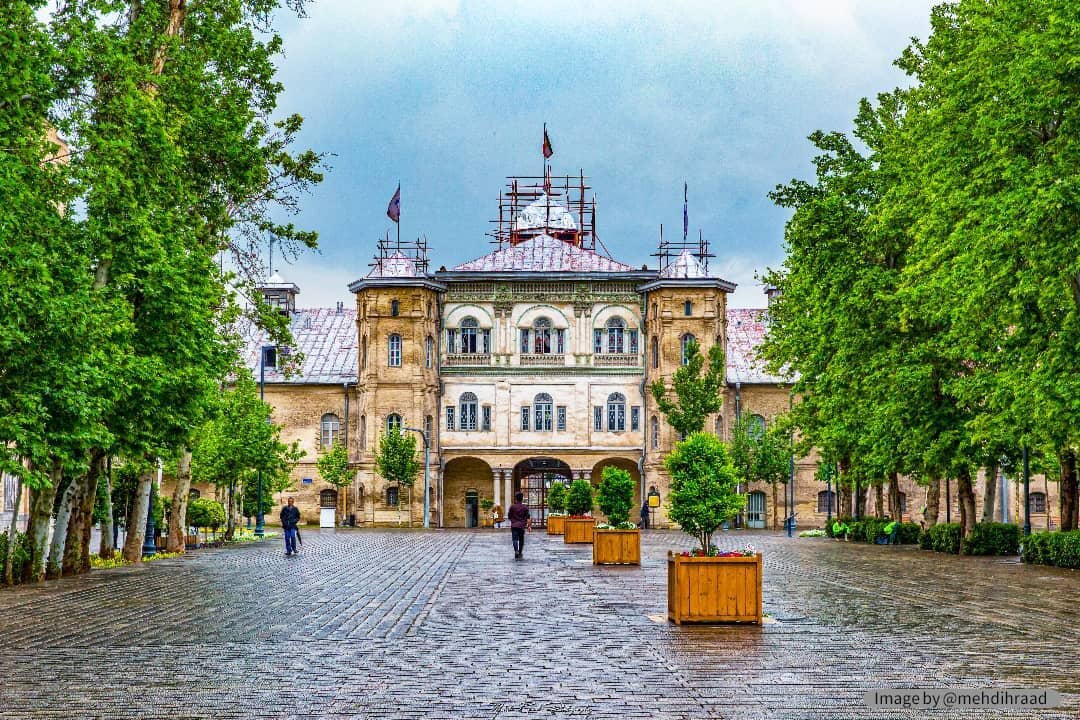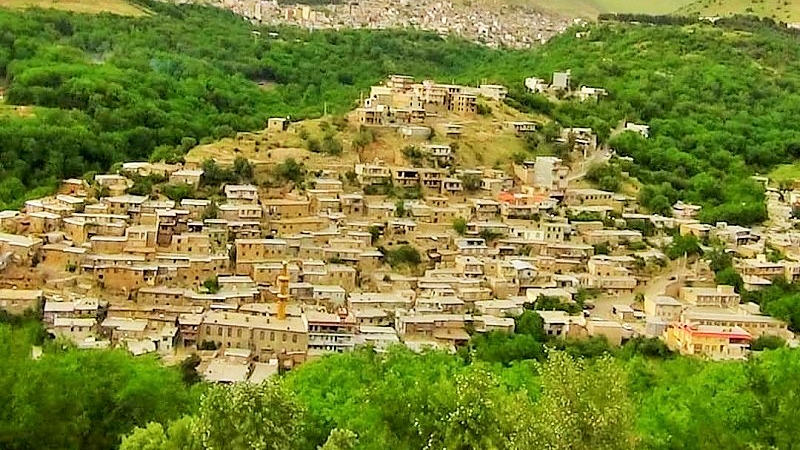
Band-e-Bahman of Kavar
Water has been one of the most important sources of human civilization. Iran being a relatively dry and water-scarce country, has, since the distant past come up with such techniques to make optimal use of water resources with the maximum possible efficiency.
Qanat (aqueduct) is one of the leading techniques that was innovated more than two thousand years ago to cater to the water requirements of agriculture in Iran, especially its central and eastern regions. Another technique, which was mostly used in the western and southern regions of Iran, is the construction of barrages known as “Band” in Persian. Band-e-Bahman of Kavar is one of these barrages, the construction of which dates back to ancient times and is still standing.
Where Is Band-e-Bahman of Kavar Located?
Band-e-Bahman is located eight kilometers from Kavar City and 58 kilometers from Shiraz. To access this Band, one has to move along the road from Shiraz to Firuzabad. This Band has been built on the Qarah Aghaj River, which is considered one of the most important rivers of Fars Province and supplies water to a significant part of this province.
Qarah Aghaj is formed by the water flowing from Kanzard, Chehlchashmeh, and Sohark springs, and after passing through the Arjan section of Shiraz and Qaleh Chubi Village reaches Kavar and finally flows into the Persian Gulf after traveling nearly 700 kilometers. The width of this river varies between 20 to 40 meters at different places. Salman Farsi Dam, which is near Jahrom, has been built on this river.
History and Usage of Band-e-Bahman of Kavar
According to experts, the construction of this Band dates back to the Achaemenid era (550 to 330 BC). Interestingly, this Band is still standing, after about 25 centuries, and serves the local people by supplying the water used in the agricultural lands of Kavar.
Taking into consideration the tools and engineering knowledge of that time, the construction of such a structure is very surprising. The main purpose of constructing this Band was to raise the water level and divert the flow of water for being used in the Kavar plain. Presently, the water supplied from Band-e-Bahman of Kavar meets the needs of a sugar factory and irrigates 20 villages.
Why was this Band Named Bahman?
The construction of this Band is attributed to Bahman also known as Ardashir Derazdast or Ardashir I (Artaxerxes I), who was the fifth Achaemenid king and ruled from 464 to 424 BC.
Features of Band-e-Bahman of Kavar
This Band is 130 meters long and 9 meters high at the highest point. It was built using stone and mortar on a foundation of limestone, marl, and stone. The construction of a barrage on such a layer indicates having a high knowledge of soil and its texture. Choosing the place to build Band-e-Bahman of Kavar is another aspect of the architectural knowledge of its builders. They built the Band at the shortest point between two mountain ranges so that a part of the Band rested on the stone body of the mountain and another part on the stone bed of the river, which would increase the strength of the structure.
Another factor contributing to the survival of Band-e-Bahman of Kavar until today is the construction of a dissipation basin in front of it. This basin consists of a layer of several meters of marl, which, due to gradual erosion by the water flow, removes the turbulence of the water and allows it to flow smoothly along the river.
The presence of five drainage holes creates beautiful waterfalls on the Band and allows it to be used as a bridge. The water behind the Band enters the main river through several diversion canals and metal valves and goes to the downstream villages for agricultural purposes.
The Architectural Subtleties of Band-e-Bahman of Kavar
The natural ponds behind the Band are up to eight meters deep and the canals of the Band were completely dug by hand. It is interesting to know that about 40 years ago, some restoration was carried out on this Band, in which its upper part was strengthened by using cement and rebar. However, with the gradual erosion of the cement, the rebars have become visible. This issue, on the other hand, reflects the precision and skill that were used in the selection of materials and execution of the construction of the structure, which has resisted the flow of water and various floods for 25 centuries.
The Band-e-Bahman of Kavar and the above-mentioned bridge were inscribed as a complex on the list of Iran’s national heritage in the year 1933 AD.
Taking into consideration the tools and engineering knowledge of that time, the construction of such a structure is very surprising.
| Name | Band-e-Bahman of Kavar |
| Country | Iran |
| State | Fars |
| City | Kavar |
| Type | Historical |
| Registration | National |
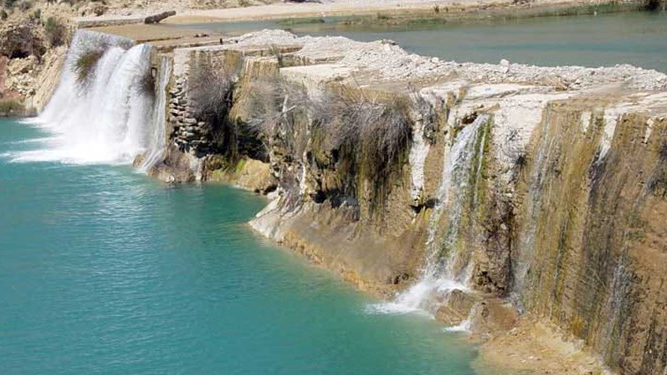
-min_1.jpg)

-min_1.jpg)
Choose blindless
Red blindless Green blindless Blue blindless Red hard to see Green hard to see Blue hard to see Monochrome Special MonochromeFont size change:
Change word spacing:
Change line height:
Change mouse type:
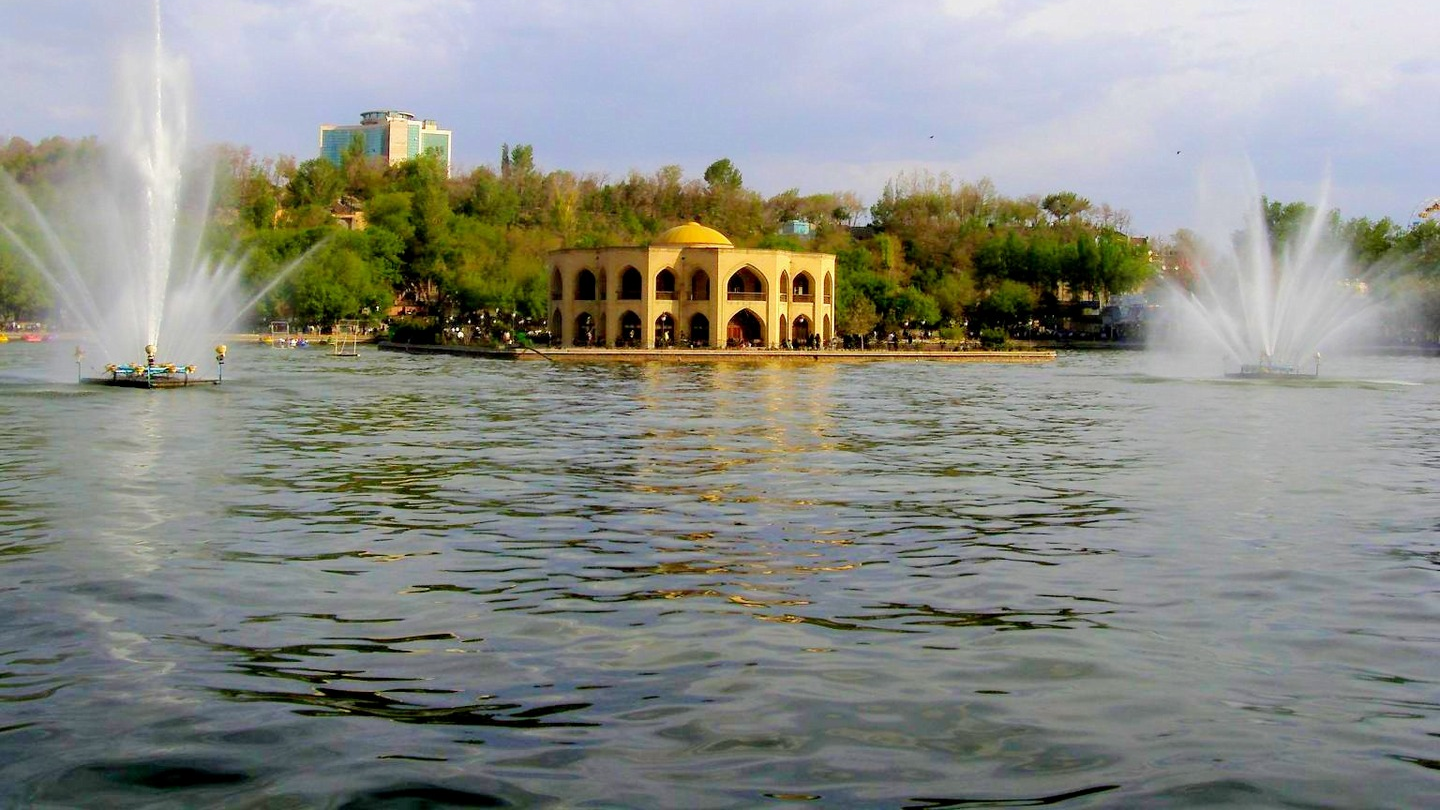
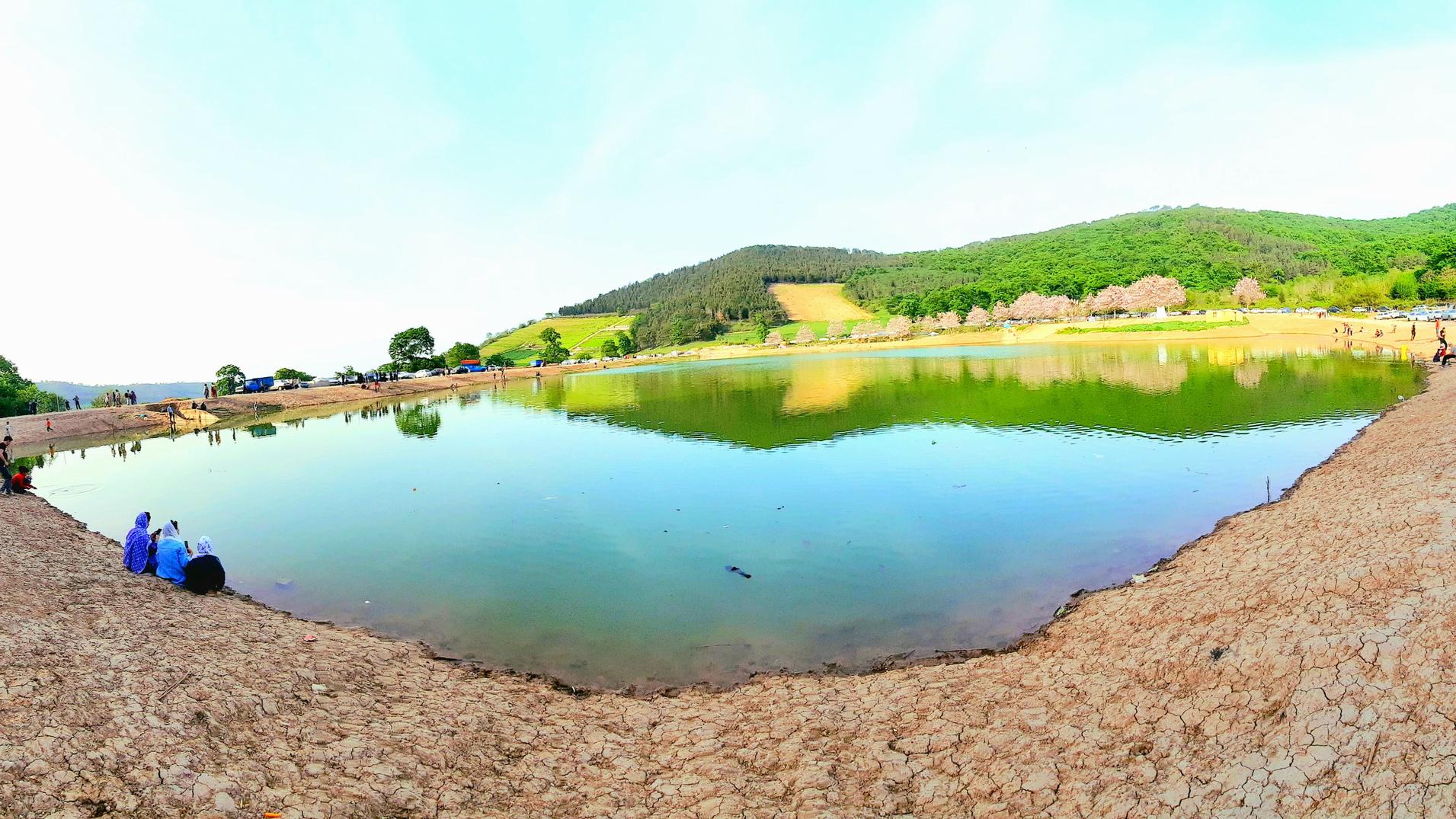
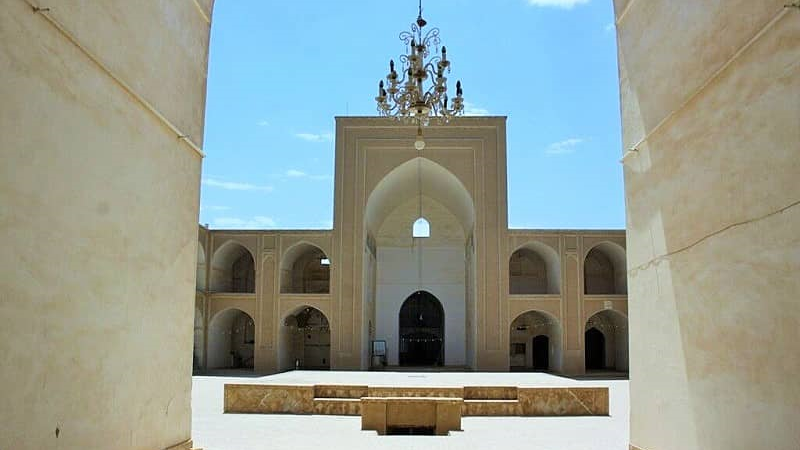
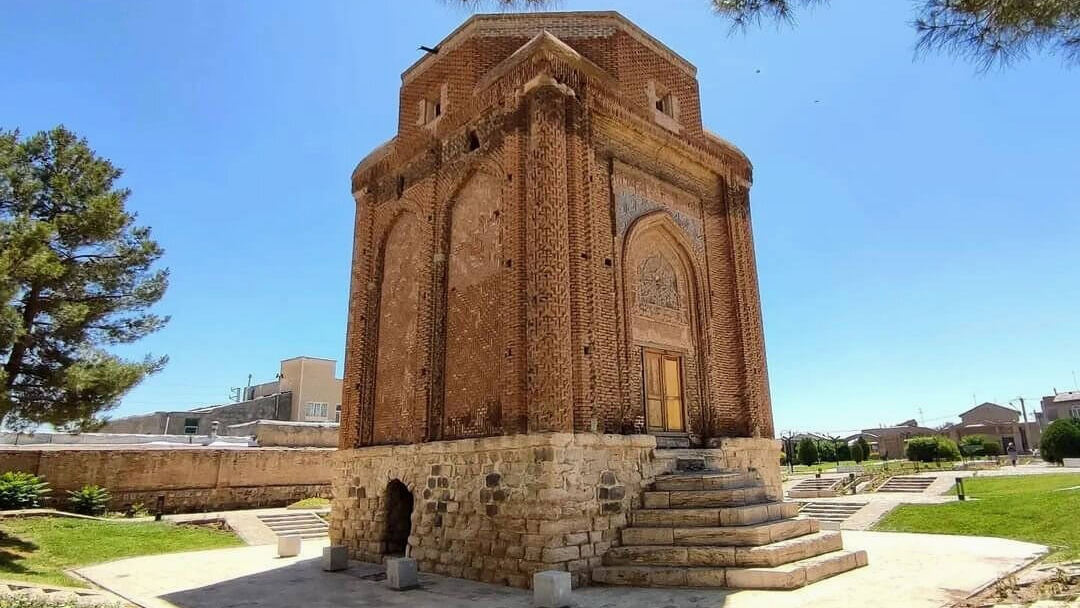


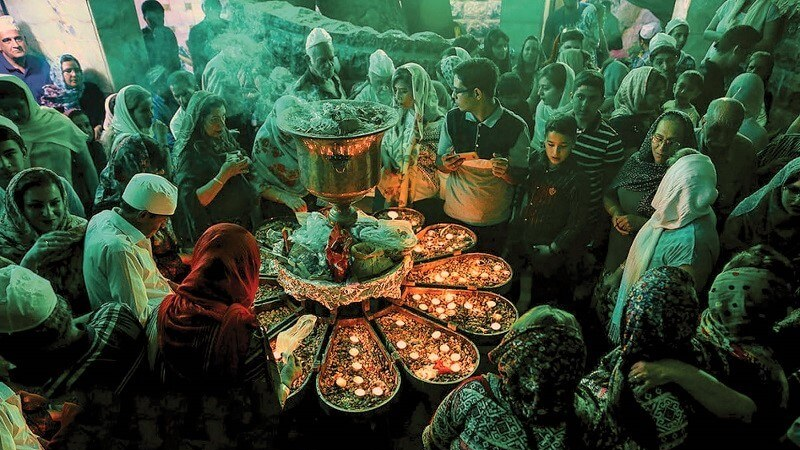
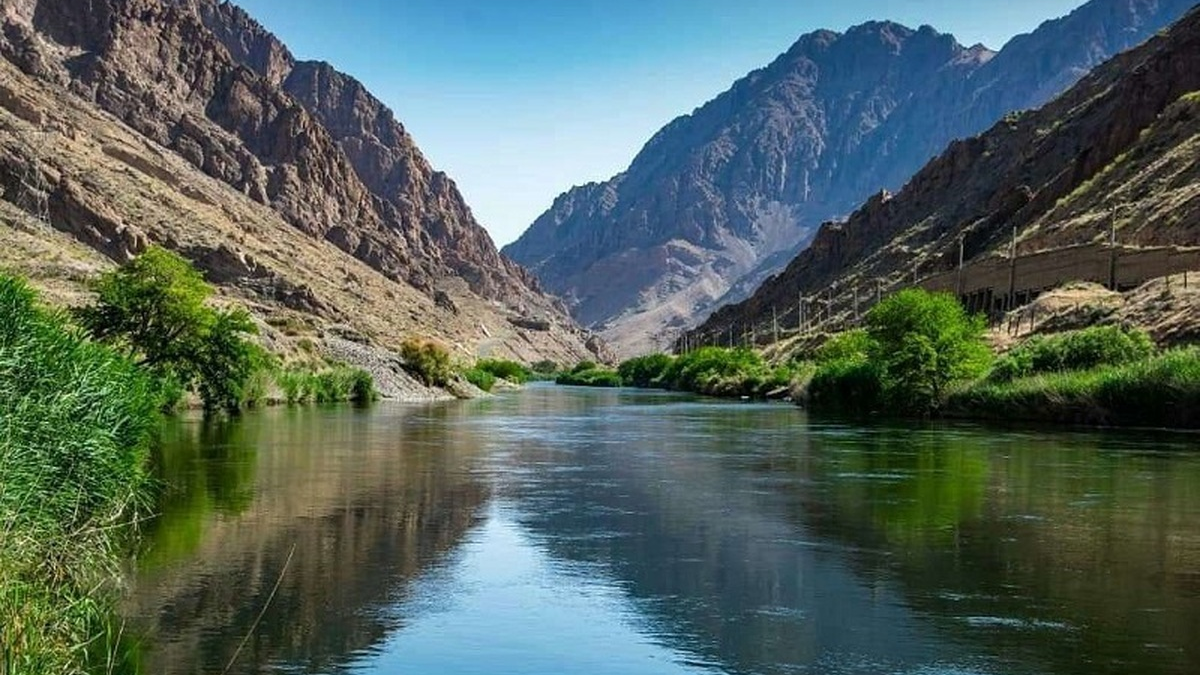
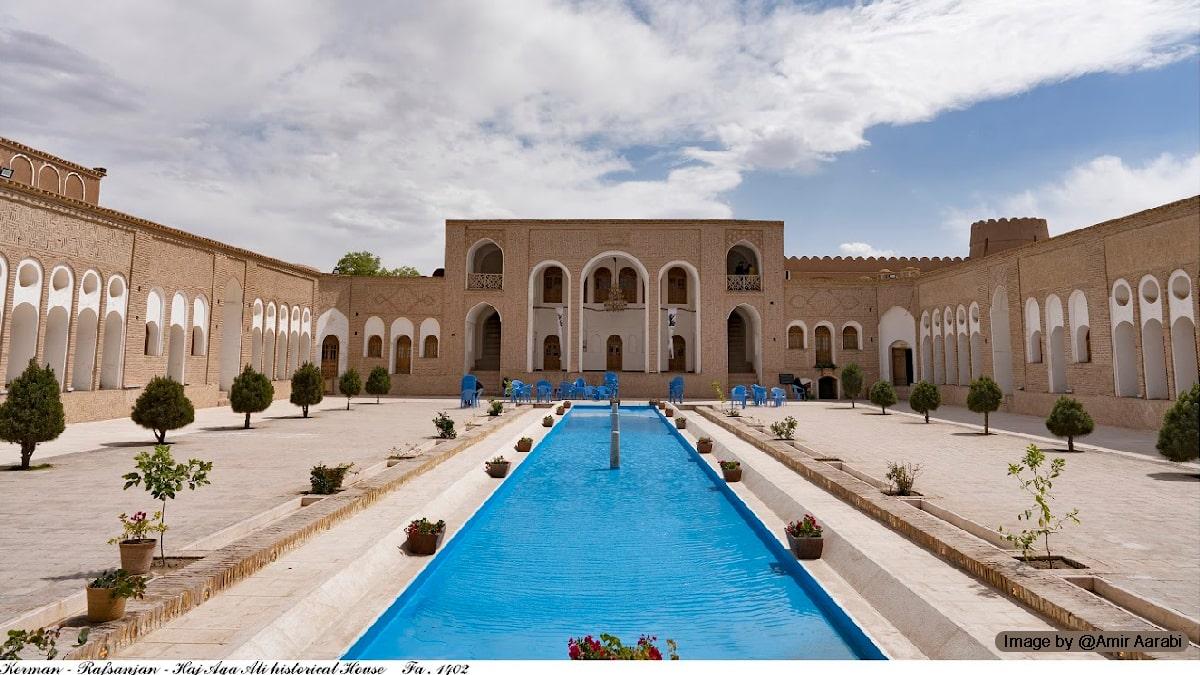
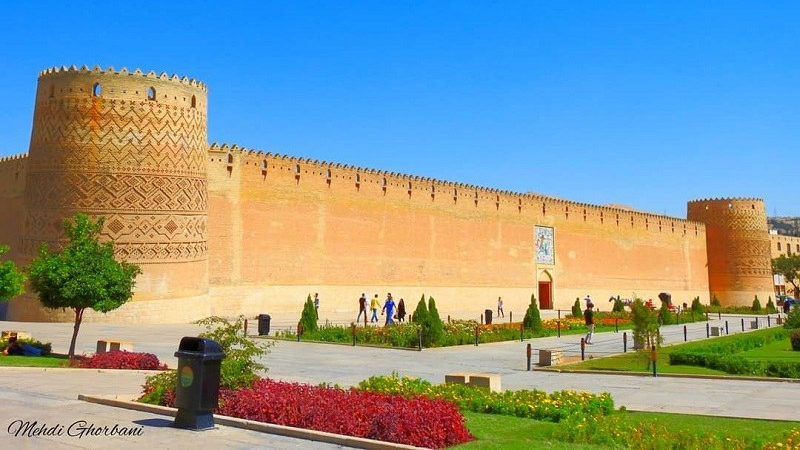
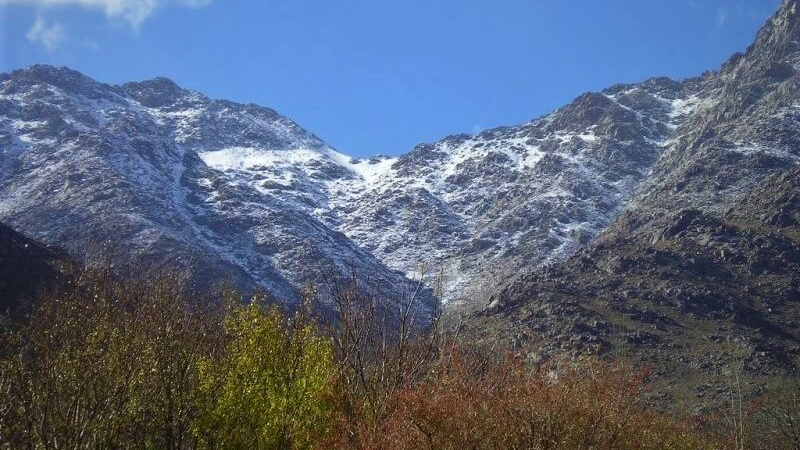
 در جنوب میدان نقش جهان واقع است_crop_1.jpg)
